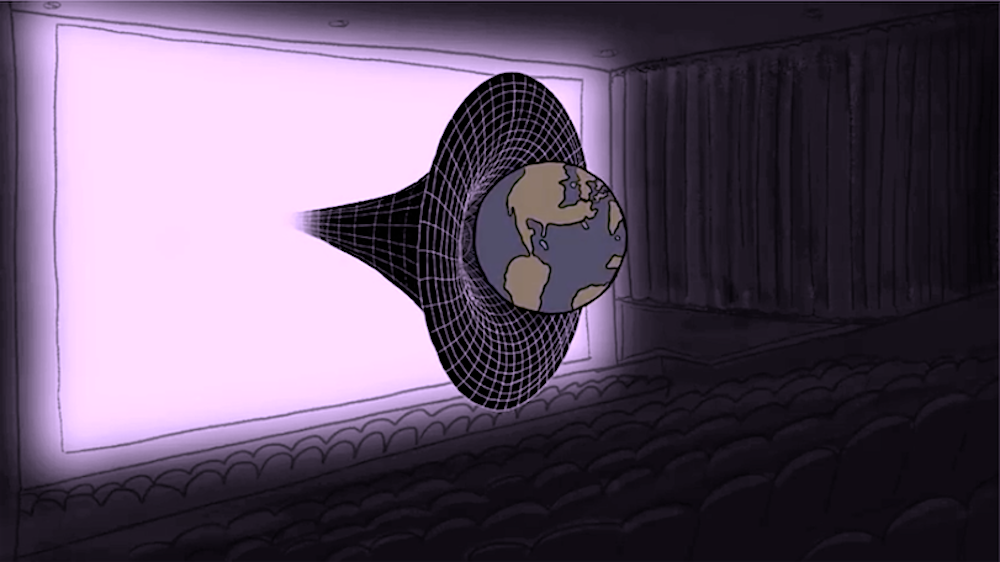In the latest campaign to reconcile Einstein’s theory of gravity with quantum mechanics, many physicists are studying how a higher dimensional space that includes gravity arises like a hologram from a lower dimensional particle theory.
How does gravity work at the particle level? The question has stumped physicists since the two bedrock theories of general relativity (Albert Einstein’s equations envisioning gravity as curves in the geometry of space-time) and quantum mechanics (equations that describe particle interactions) revolutionized the discipline about a century ago.
One challenge to solving the problem lies in the relative weakness of gravity compared with the strong, weak and electromagnetic forces that govern the subatomic realm. Though gravity exerts an unmistakable influence on macroscopic objects like orbiting planets, leaping sharks and everything else we physically experience, it produces a negligible effect at the particle level, so physicists can’t test or study how it works at that scale.
Confounding matters, the two sets of equations don’t play well together. General relativity paints a continuous picture of space-time while in quantum mechanics everything is quantized in discrete chunks. Their incompatibility leads physicists to suspect that a more fundamental theory is needed to unify all four forces of nature and describe them at all scales.
One relatively recent approach to understanding quantum gravity makes use of a “holographic duality” from string theory called the AdS-CFT correspondence. Our latest In Theory video explains how this correspondence connects a lower dimensional particle theory to a higher dimensional space that includes gravity:

